At this time of the year we are contacted on a daily basis by members of the public, who have found, rescued and raised a corvid fledgling, all with good intentions of course. If we are not being contacted at the very beginning of a rescue journey, mostly for advice about the diet of corvids, then it is usually at the point where people feel that their foster bird might be ready for release soon. Unfortunately, our advice is often a disappointment if not a shock to many of these hobby rescuers, as in most cases the desired immediate release is not an option, or at least not an option which gives the foster bird a sufficient chance of survival. We do understand that circumstances will differ greatly, and that expert help is not always at hand. Therefore it is also important that the rescuer understands, that the likelihood of survival will differ greatly as well, as corvids are not belonging to those bird families, which can be hand raised by their own and hard released immediately after they have fledged. There are of course certain ways to ensure that the rescue bird gets the best second chance he or she deserves. However, to achieve the best possible outcome, decisions should ideally be made before a bird is being hand raised without appropriate company.

Raising a nestling corvid by his or her own will without exception result in some degree of imprinting on humans, the human habitat or pets. In this context, it would be wrong and a mistakes to believe that imprinting is a negative or undesired feature. Imprinting as such is essential for life and survival. But the question is to whom the animal is being imprinted on. Imprinting in animals in general can involve more than one sense. It can involve sight, sound and smell. Furthermore, the imprinting becomes stronger when the animal is under stress, which is in no doubt a survival mechanism. Imprinting is an interaction between instinct and learning. The often irreversible and species specific process of imprinting occurs only in a fixed time window. This is the critical period, learning after this period has different weaker effects and leads to habituation rather than to imprinting. To counteract the risk of imprinting, company of a same or similar species bird is crucial, meaning that corvids in particular should never be raised by their own. If there is no other choice, then these imprinted birds cannot be released straight away and need to undergo long term rehabilitation in special centres, where they are housed in groups, ideally consisting of adult and young rescue birds. Depending on the degree of imprinting, the rehabilitation process can last from a few months to one or two years, and may not be successful at all.
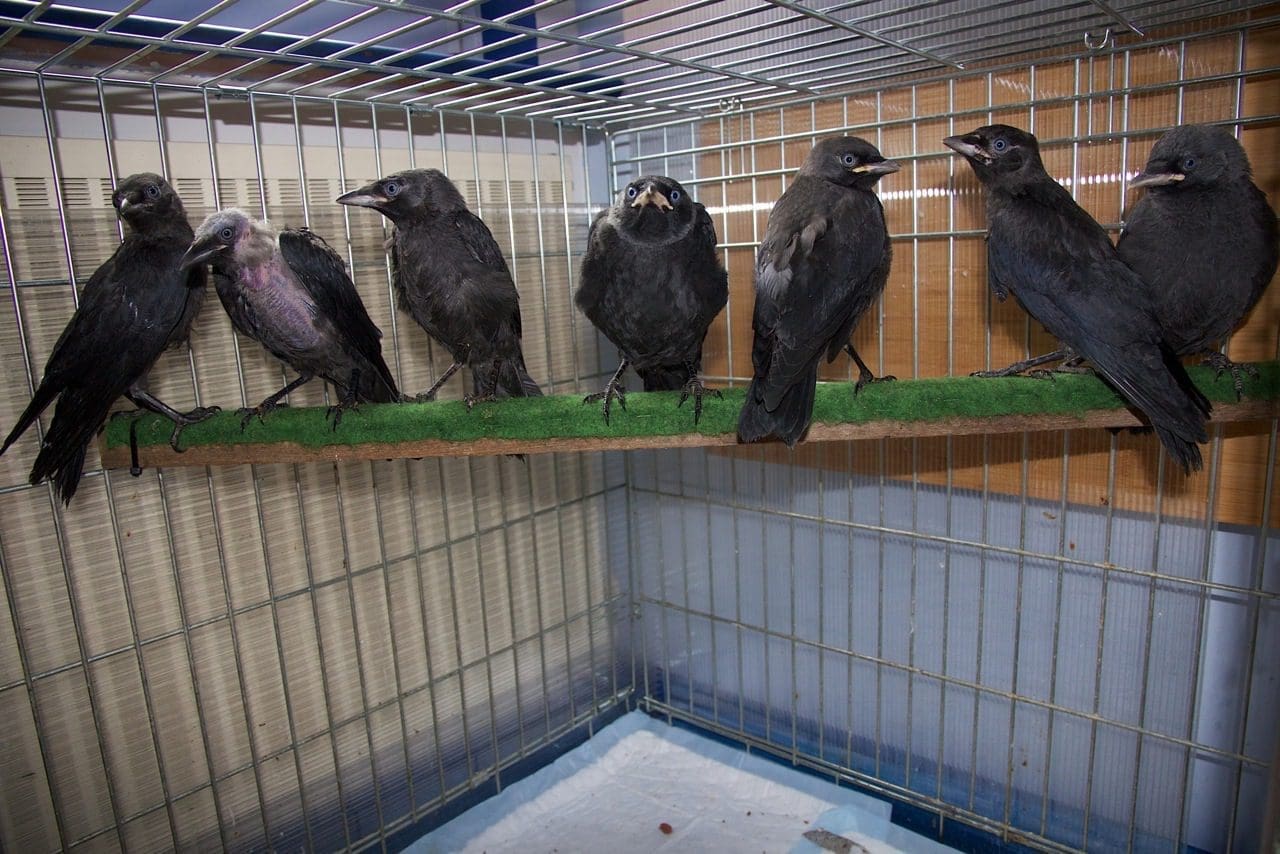
The Consequences Of Imprinting
Imprinting – The Death Sentence For Orphaned Corvids
Hand reared juvenile corvids, who are not significantly imprinted, but also all long-term bird patients having been in captivity for longer than 2 or 3 weeks, should only be soft released. Hand raised juvenile corvids are not suitable for release until being 5 or 6 months old, which is usually at the end of the summer after their first partial post-juvenile moult. This allows these birds to reach full growth and to be able to fly strongly. It also provides sufficient time to reach enough strength allowing normal competition with other corvids, avoiding excessive bullying. The preferred release time in the U.K. is the end of August and during September. Please note that an offence may be committed under the Animal Welfare Act 2006, if a released animal does not have a reasonable chance of survival. This may include the release at an unsuitable site, in the wrong territory, when being unfit or imprinted, when not having learned to hunt, or when done during the wrong time of the year.
How And When To Release Crows, Rooks And Jackdaws
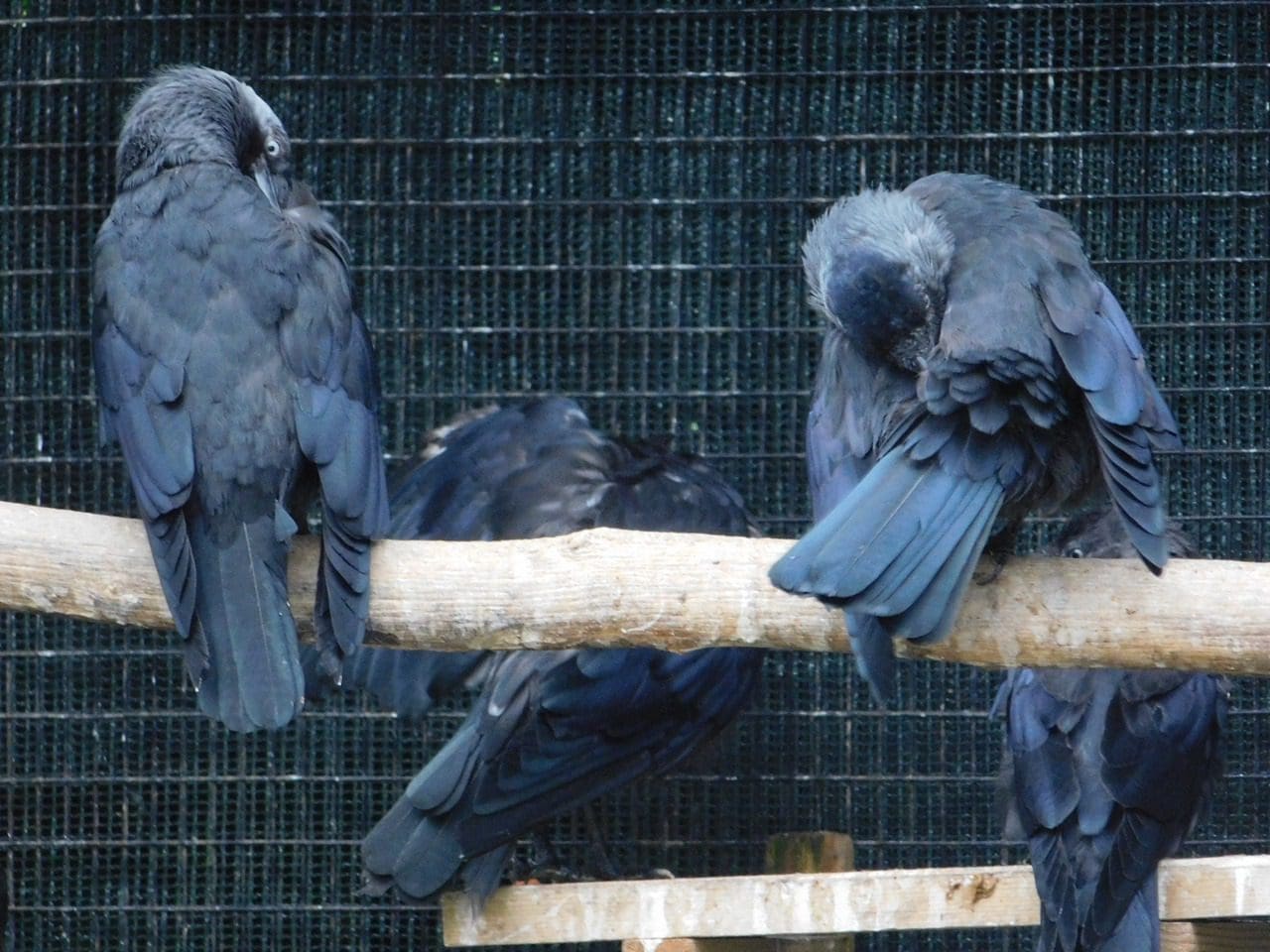
What does soft release actually mean? Soft release requires usually a suitable release aviary placed at a well chosen location and involves continues care for animals at the release site. This includes in particular backup feeding and shelter and requires a greater commitment of time and effort than a hard release usually does. Soft release is particularly important for hand reared species, which need to learn about their surroundings and need to learn appropriate survival skills such as hunting or foraging. This method also allows previously hand reared birds to become fully independent, as no animal should be released when still dependent or too trusting towards humans or domestic animals.
Top 10 Mistakes Made In Corvid Rescue And Rehabilitation
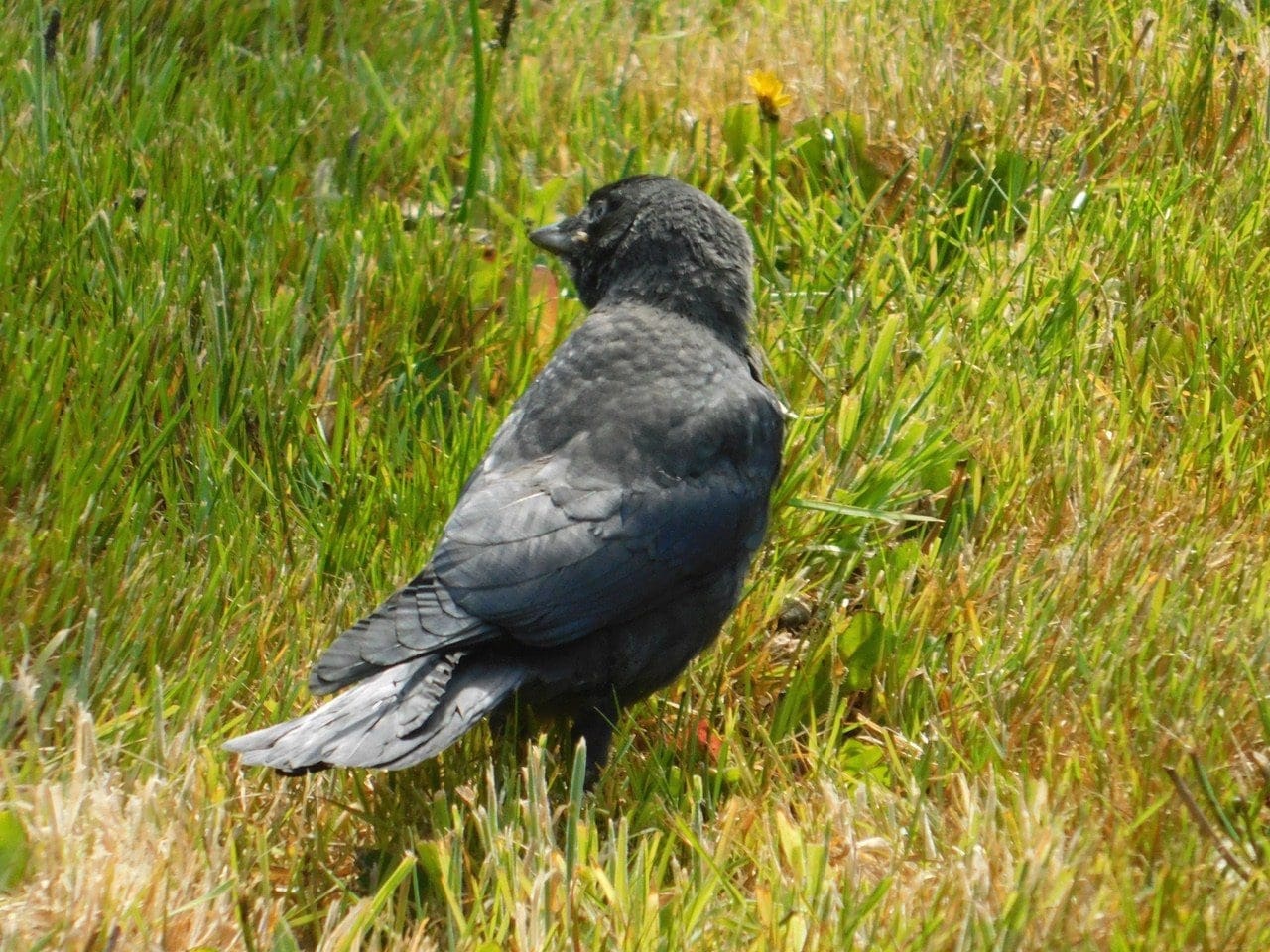
The opposite of a soft release is a so called hard release, which is a release form in which an animal is simply allowed to exit a transport container, or is let go from the hand with no further care or feed provision. It is most appropriate for juvenile, premature and adult animals, which have been held in captivity for only a very short time, for hand reared birds of some selected species like swifts, swallows and martins and for mature animals being released back into their own territory. When it comes to corvid fledglings, then there is usually only a very short time window to reunite separated families. Territorial species like carrion crows and magpies may attack and kill their offspring after as less than 24 hours of separation. More social corvid species like rooks and jackdaws may be more forgiving, but are rarely accepting their offspring back after more than 72 hours.
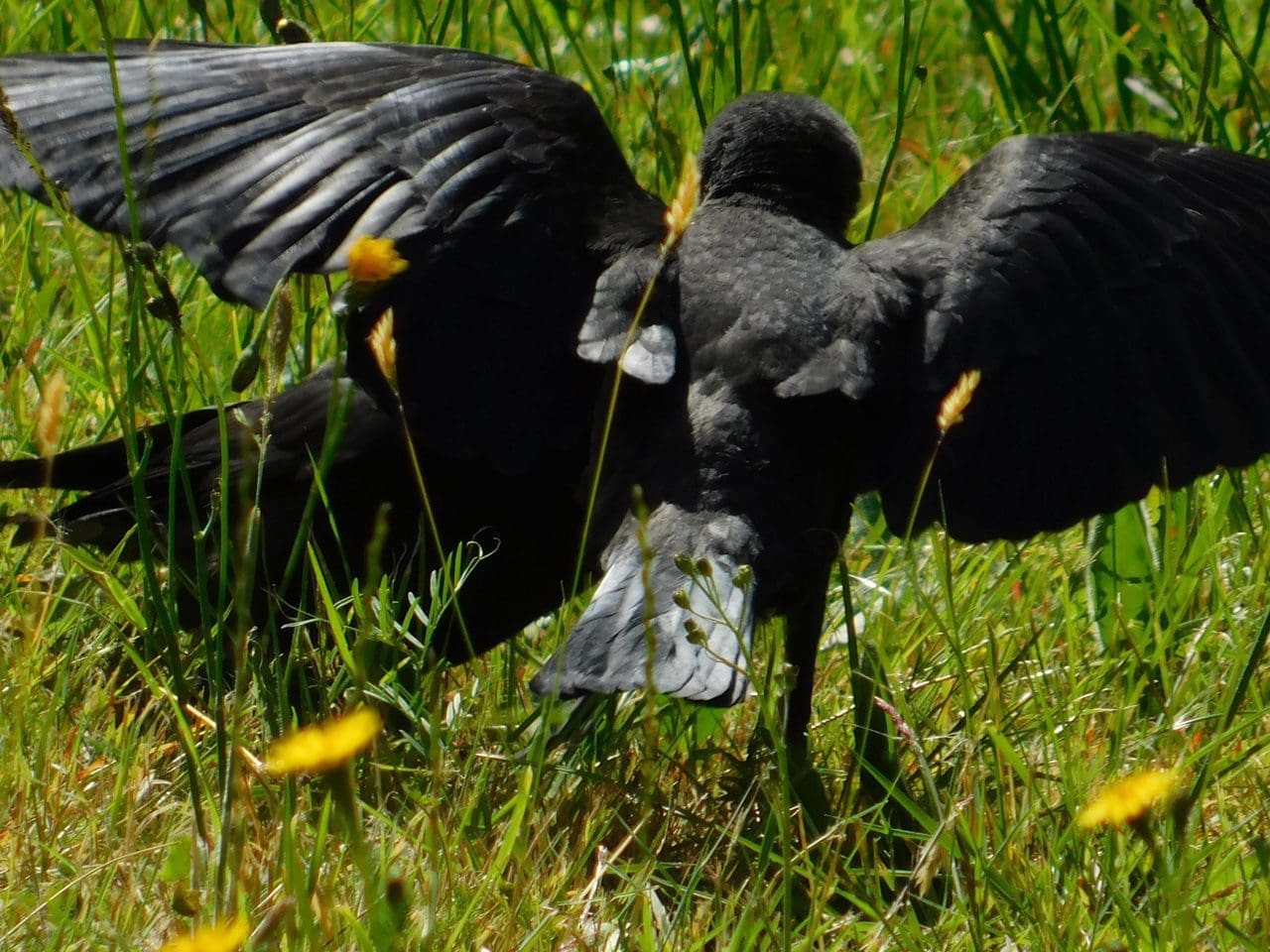
The best advice we can give is to get in touch with a local corvid friendly bird rescue as soon as you find a presumed orphaned or poorly bird. An experienced rescuer or rehabber should be able to advice you about the next steps, which are detrimental for the future of your rescue bird.
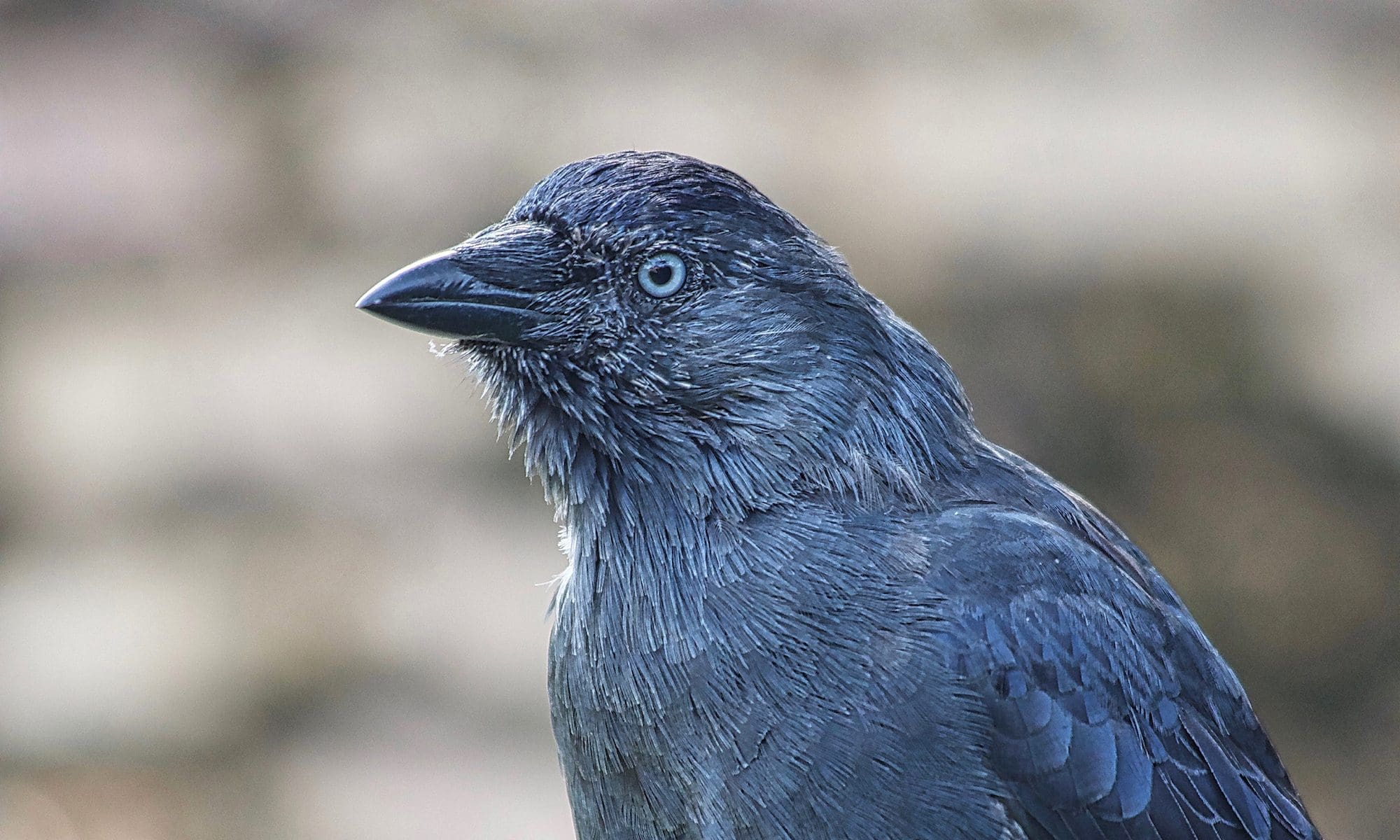


Great post and timely!
I was wondering about how to release my fledgling.
I do have some aviaries with quite a lot of room so he can go there when he’s eating and drinking for himself. However I wil be cautions now not to release him too soon, or even let him out of the aviary until he is well and truly ready.
Thank you very much for your kind words. Sounds like a good plan, only problem is the lack of company of his own kind, as outlined in the blog post. Good luck and thank you for rescuing the bird in need of help!
Yes I agree. I have thought about giving him to a rehabber I know who probably has more. I will see how he does. He has been living with a young feral pigeon who is poorly. He did ask her for food a few times!
If he goes to my aviary he will be in my field very close to where he was picked up from and there is a very large group of crows that live there already.
My aviary gets raided daily by the crows and jackdaws. there is usually about 8 in there when I arrive. They get in, eat all the food then can’t get out.
I am more worried that he will fly off with them on one of their daily raids.
Oh what to do!